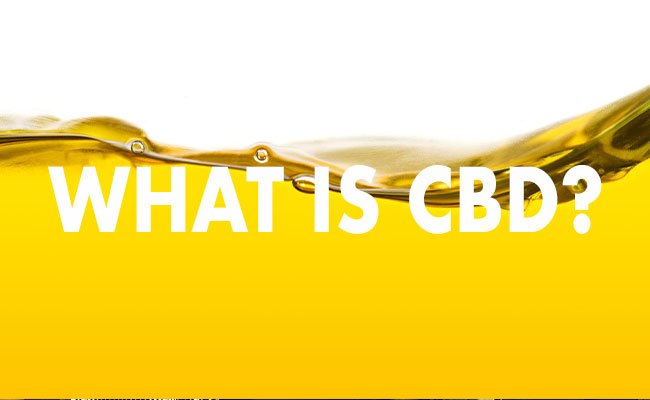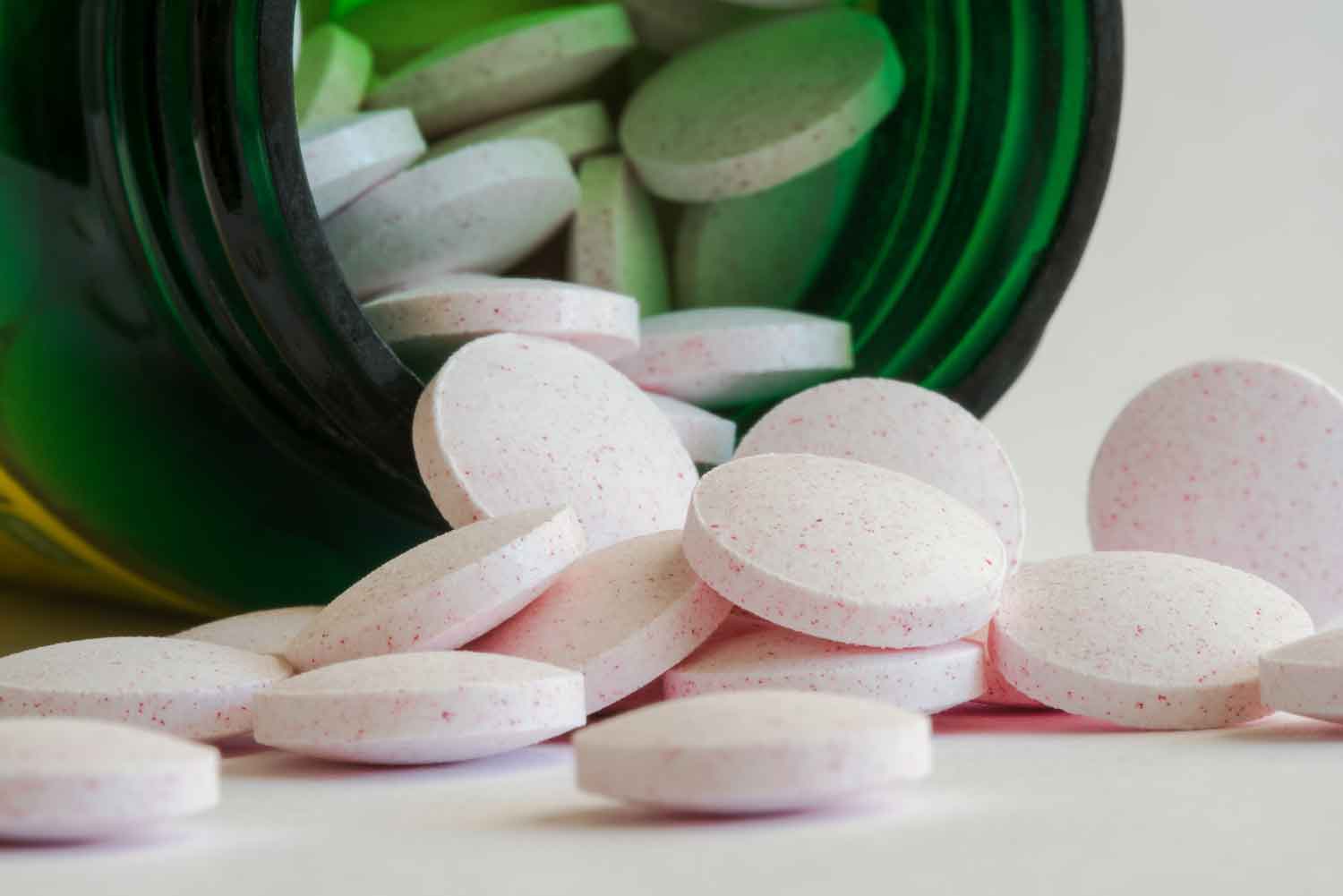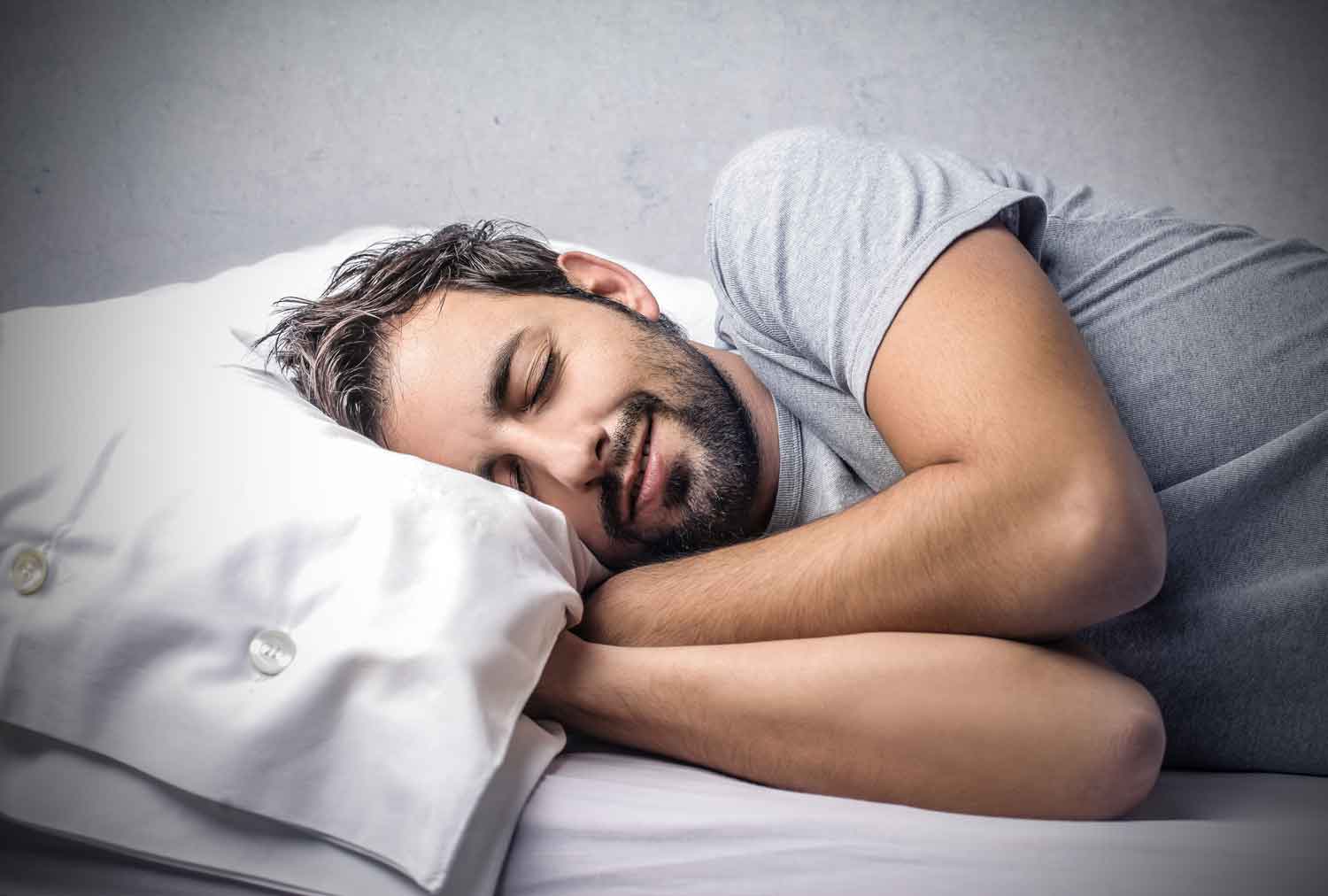
Have Fun in the Sun with the Right Skin Protection
WRITTEN BY MADISON SCHMIDT AND DR. SWATHI
What is the importance of wearing sunscreen?
As it gets hotter out, sunscreen rolls into nearly every retail store. While sunscreen is an essential summer item, the truth is, it should be used year-round!
Even though the ultraviolet (UV) index tends to be higher in the spring and summer time, the sun emits UV rays constantly (1). Since UV rays are responsible for causing sunburns and potentially skin cancer, having protection from too much exposure of UV rays is crucial. Experts suggest this be done in a few ways. When engaging in outdoor activities, it is recommended to stay in the shade when possible, wear sunscreen of at least SPF 30, and wear protective clothing such as a long-sleeved t-shirt, hat, and sunglasses (2).
Do people of color need to take precaution against UV rays?
Although darker skin pigment offers some protection against UV rays, people of color are still at risk for getting sun damage including sunburn and skin cancer. Therefore, preventative measures such as, using sunscreen of at least SPF 30, staying in the shade when possible, and wearing protective clothing are also recommended for people of color (4).
What is the proper use of sunscreen?
- Use 30 SPF sunscreen (or higher)
- Apply 15 minutes before going outside
- Don’t forget face, tops of feet, neck, and ears
- Apply lip balm with at least SPF 30
- Reapply every two hours or more frequently if active (3)
What is in sunscreen?
Physical sunscreen
This type of sun protection agent contains natural minerals such as zinc oxide and titanium dioxide. These normally appear white on the skin- think of the classic image of a lifeguard with white stripes of sunblock on their cheeks and nose. Zinc oxide and titanium dioxide are considered safer, but they tend to be more expensive and less favorable since they usually give a light white tint to the skin after application (5).
Chemical sunscreen
Oxybenzone, octinoxate, and avobenzone are the three most common active ingredients in chemical sunscreen. Chemical sunscreen does not leave any white residue behind and is also cheaper, making it more common than physical sunscreen. The active ingredients in chemical sunscreen are even found in other cosmetic products such as lip balm and facial cream (5).
Which type of sunscreen is the best?
Although any sunscreen is better than no sunscreen, there are pros and cons to each type.
Physical sunscreen
This type tends to be safer than chemical sunscreen. The main reason for this is explained by how they work. Physical sunblock sits on the top of the skin to literally “block” UV rays from getting in, similarly to how a layer of clothing would. Since physical sunscreen really just hangs out on the top of the skin, it does not have any significant effect on the inside of the body (5).
Chemical sunscreen
When comparing chemical sunscreen to physical sunscreen, this type is absorbed into the skin and reacts (to no surprise) chemically with UV rays to convert them to heat. Since chemical sunscreen is absorbed and reacts chemically, it has shown to play a role inside the human body and even in the environment. In humans, chemical sunscreen has shown to be more allergenic than physical sunscreen. It has also been shown that chemical sunscreen affects hormone levels, but there has been no evidence of this causing harm. Environmentally, the active ingredients in chemical sunscreen have been shown to bleach coral reefs leading to their ban in Hawaiian beaches since 2018 (5,6).
How does the endocannabinoid system play a role in sun protection?
Like any system in the body, the endocannabinoid system is complex and has many roles to protect us. It will respond when the body is under stress to try and find balance. When you are out in the sun all day, your skin can get damaged by UV rays and cause a sunburn. This “stress” will trigger the body to upregulate anti-inflammatory and pain relief properties which can, in part, by activating cannabinoid receptors. Based on this natural response, researchers have hypothesized that by activating these receptors through skin care products containing cannabinoids, this desired response to pain and inflammation can be triggered and therefore decrease the level of inflammation in the skin (7).
Resources:
- The American Cancer Society authors. Ultraviolet radiation. The American Cancer Society. 2019 July 10.
- American Academy of Dermatology Association authors. Skin cancer. American Academy of Dermatology Association. 2021 June 1.
- American Academy of Dermatology Association authors. Sun protection. American Academy of Dermatology Association. 2019.
- Agbai ON, Buster K, Sanchez M, Hernandez C, et al. Skin cancer and photoprotection in people of color: A review and recommendations for physicians and the public. American Academy of Dermatology. 2014 Jan 28; 70 (4): 748-762.
- Siller A, Blaszak SC , Lazar M. Update About the Effects of the Sunscreen Ingredients Oxybenzone and Octinoxate on Humans and the Environment. International Society of Plastic and Aesthetic Nurses. 2019;157-160.
- Raffa RB, Pergolizzi JV, Taylor R, Kitzen JM. Sunscreen bans: Coral reefs and skin cancer. Journal of Clinical Pharmacy and Therapeutics. 2018; 44:134–139.
- Tóth KF, Ádám D, Bíró T, Oláh A. Cannabinoid Signaling in the Skin: Therapeutic Potential of the “C(ut)annabinoid” System. Molcules. 2019;1-56.
--
This article was edited by Dr. Swathi and was written by Element Apothec Scientific Communications Intern, Madison Schmidt. She is a Doctor of Pharmacy (PharmD) student at Southern Illinois University Edwardsville School of Pharmacy in Edwardsville, Illinois.











